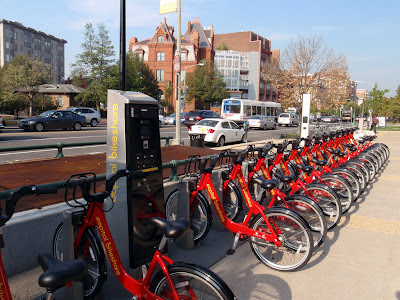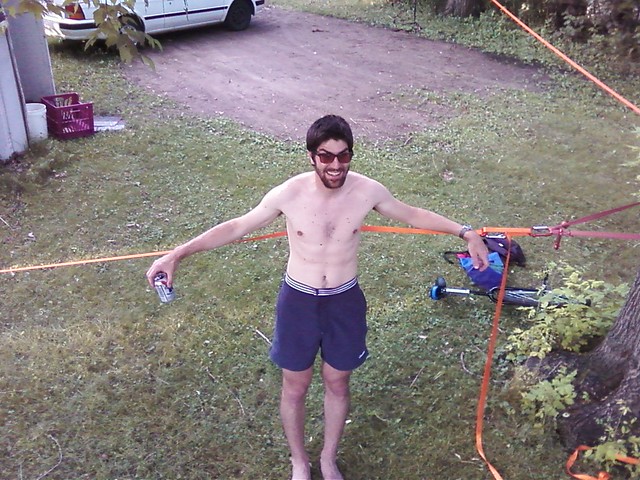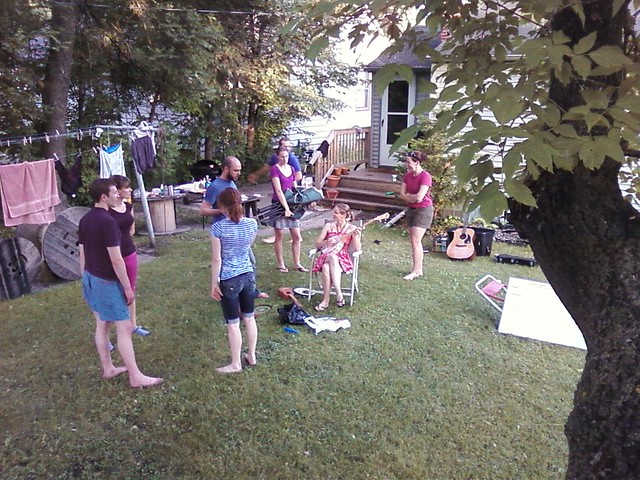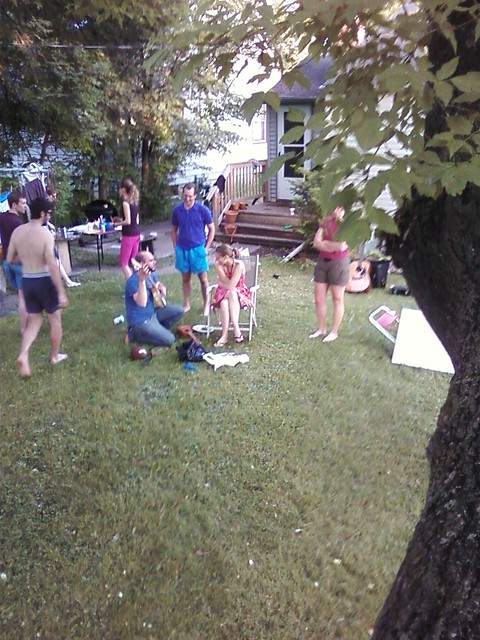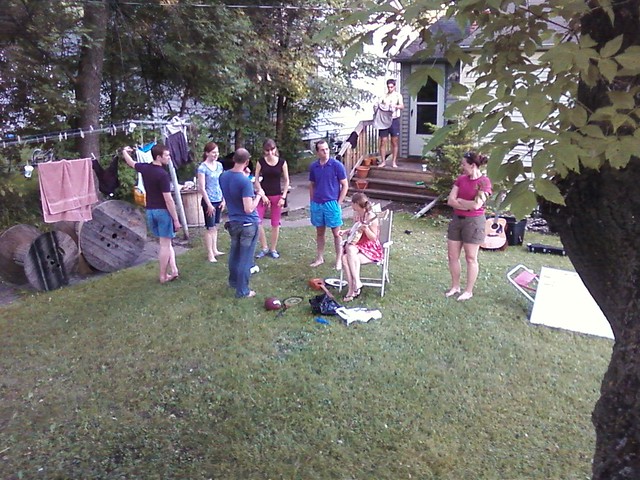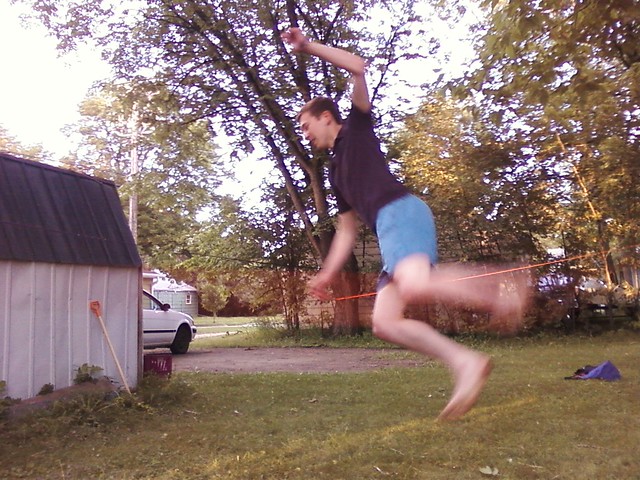One of the best things about going to a small residential university for my undergraduate degree was the lack of cars on campus. The campus was small, there were parking lots on the outskirts (near most of the dorms), and you walked or rode a bicycle everywhere. It was a given. The campus was small enough to make this feasible. It’s not that there were no vehicles at all–delivery trucks and the like would drive through in the early morning, the streets were plowed during the winter, and on move-in and move-out day you could bring your vehicle in to move your stuff–but for the students, we just had to deal with the lack of motorized transportation.
The Grand Forks/East Grand Forks Metropolitan Planning Organization is looking to do a similar thing for part of the University of North Dakota, reports the Grand Forks Herald. They have released a report (which I have not located yet) proposing the closing of University Avenue between Columbia Road to the east and Stanford Road to the west (see image from the Herald website) in order to reduce pedestrian/motorist interactions, promote walking and cycling, and reduce emissions from motor vehicles.
 |
|
Image from the Grand Forks Herald. |
This proposal is notable for its daring and progressiveness. This might be the first instance of closing streets for the sake of pedestrians in Grand Forks history. There are strong criticisms, however I think they can be mitigated. Two in particular stand out: emergency vehicle access and perceived increased congestion.
Emergency vehicle access worries are due to the use of University Ave as a route for fire trucks and ambulances, but “closed to personal vehicles” does not mean “closed to emergency vehicles.” Allowing these vehicles access to University Ave, as long as even one lane is left clear for service, might even decrease response times due to not having to wait for automobile traffic to get out of the way.
Perceived congestion is a more difficult nut to crack, but I propose an initial tradeoff to help people understand the value of this street closure: limited hours of operation. Larger cities do this all the time–drive into Washington, D.C. some morning and you’ll see whole residential streets change one-way direction–and people learn how it works. Close University Avenue between 8 AM and 4 PM every day (perhaps with gates) except to service and emergency vehicles for a trial semester, study the effects, and use those data to shut it down completely.
Again, I’m very excited about this plan because it opens up new possibilities. Street parties. Street vendors (allowing off-campus restaurants to set up shop for lunch). More space for people on foot and bicycles. Less noise, traffic, and emissions for everyone. What other opportunities do you see?




